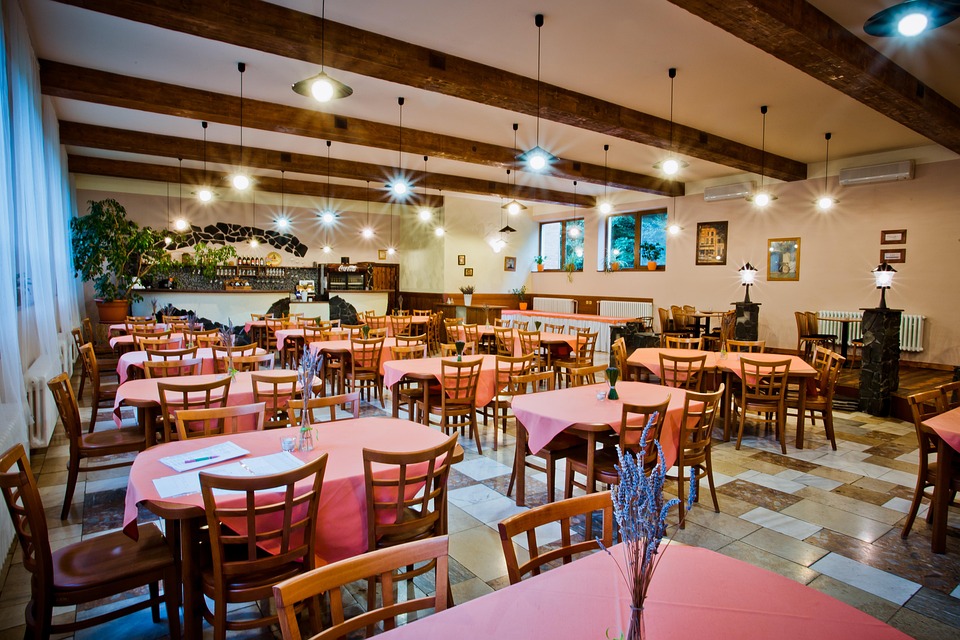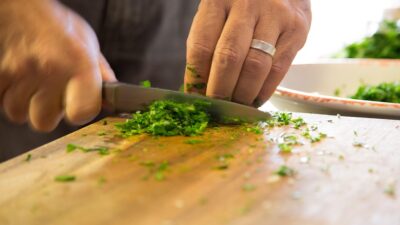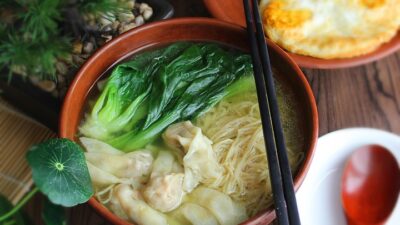Dining Experience Review: The Art of Personalization in Restaurant Critiques
When it comes to reviewing a restaurant, one of the key strategies for crafting a compelling narrative is the ability to mix and match various critiques to highlight the unique qualities of the dining experience. This approach not only captures the essence of the restaurant but also allows for a more personalized review that resonates with potential diners. Below, we’ll explore how to mix and adapt different elements when crafting a restaurant review, illustrated with a hypothetical restaurant as an example.
1. Setting the Scene
Begin by immersing the reader in the ambiance of the restaurant. Describe the décor, lighting, and overall vibe.
- Example: “As you step into The Rustic Oak, you are greeted by the warm glow of Edison bulbs hanging from reclaimed wood beams, crafting an inviting atmosphere reminiscent of a cozy hideaway in the mountains.”
2. Service Matters
Service can make or break a dining experience. Offer insight into the attentiveness, knowledge, and personality of the staff.
- Example: “Our server was not only attentive but also genuinely enthusiastic about the menu, providing personal recommendations that reflected the essence of their seasonal offerings.”
3. Menu Highlights
Dive into the specifics of the menu, focusing on unique dishes, flavor profiles, and presentation. This is where you can mix and match descriptions from various categories:
- Appetizers: “The charred cauliflower with tahini drizzle was both daring and comforting, offering a perfect balance of spice and creaminess.”
- Main Courses: “The herb-crusted salmon, served atop a bed of saffron-infused risotto, was flaky and infused with a burst of Mediterranean flair.”
- Desserts: “The chocolate lava cake was a showstopper, oozing rich molten chocolate at first cut, and paired beautifully with a scoop of vanilla bean ice cream.”
4. Beverage Pairings
Discuss the beverage offerings, whether it’s an extensive wine list or unique craft cocktails. Adapt your review based on your experience:
- Example: “The cocktail menu is a delightful reflection of the season, with the house-special ‘Maple Smash’ featuring bourbon, fresh lemon, and maple syrup—an ideal companion to our meal.”
5. Value for Money
Analyze the pricing in relation to the quality of food, service, and ambiance.
- Example: “While The Rustic Oak leans towards the higher end of the price spectrum, the exceptional quality of ingredients and the creative execution make it a worthwhile splurge for special occasions.”
6. Final Thoughts and Recommendations
Conclude with a summary and whether you would recommend the restaurant to others. This adds a personalized touch.
- Example: “Overall, dining at The Rustic Oak was an unforgettable experience filled with warmth, creativity, and memorable flavors. Whether you’re celebrating a milestone or simply indulging in a night out, this restaurant brings a touch of magic to every plate.”
Conclusion
In conclusion, a well-crafted restaurant review benefits from a personalized touch that mirrors the unique characteristics of the dining experience. By mixing and matching elements like ambiance, service, menu highlights, and value, you can create a comprehensive narrative that reflects a nuanced perspective. Whether you’re reviewing a trendy new bistro or a beloved neighborhood eatery, the goal is the same: to share your experience in a way that invites readers to join you for the next meal adventure.



